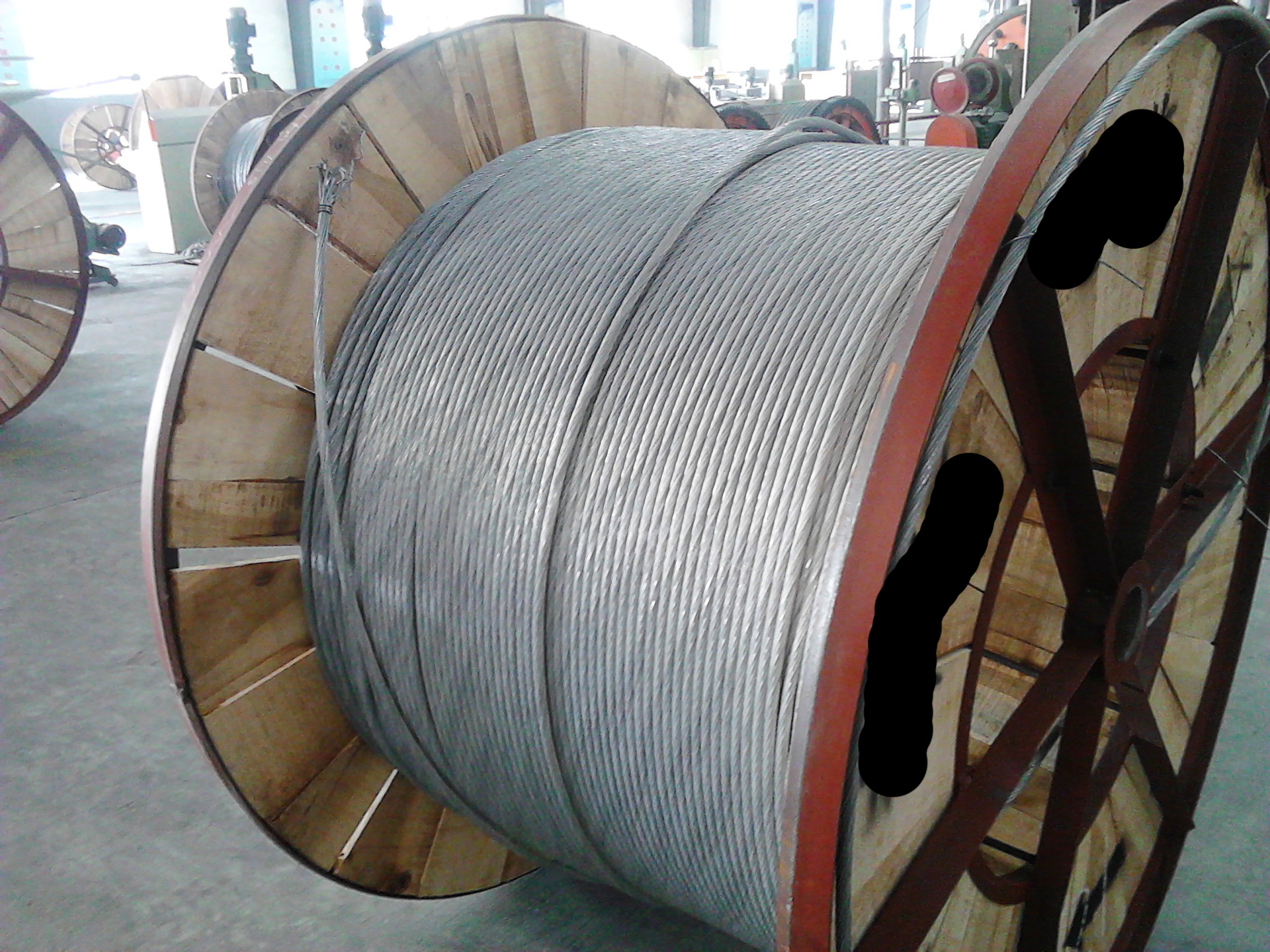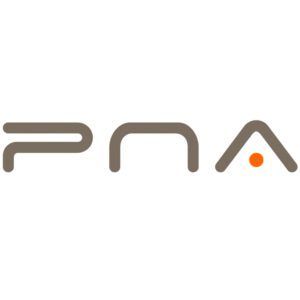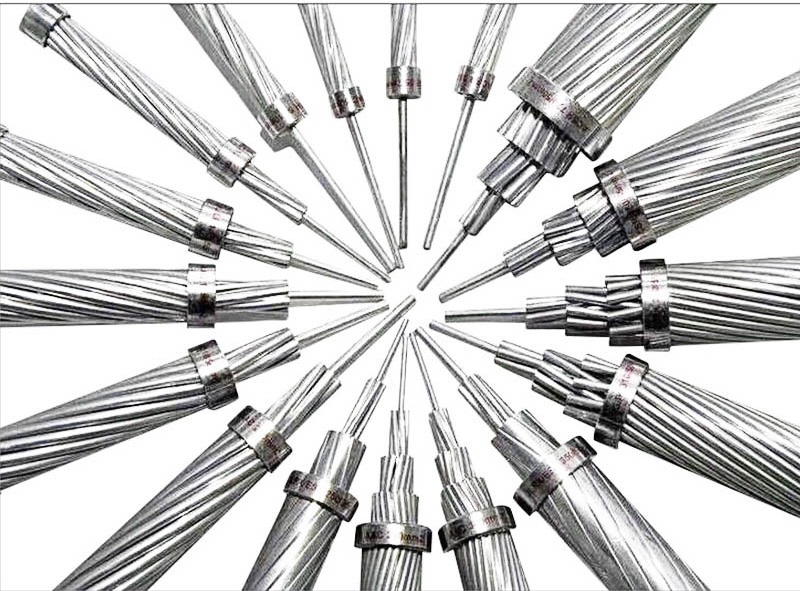

Introduction
Optical Ground Wire (OPGW) cable is a type of fiber optic cable that is specifically designed for use in overhead power transmission lines. It combines the functions of a grounding wire and a fiber optic cable, providing both electrical protection and telecommunications capabilities. OPGW cables are increasingly being used in power transmission and distribution networks due to their numerous advantages over traditional overhead ground wires.
Structure and Components of OPGW Cable
OPGW cables consist of several key components:
- Optical Fiber: The core of the OPGW cable houses optical fibers that transmit telecommunications signals. These fibers are typically protected by a buffer tube and a loose tube jacket.
- Stranded Wires: Surrounding the optical fiber core are stranded wires made of high-strength galvanized steel or aluminum. These wires provide the cable’s mechanical strength and electrical conductivity for grounding purposes.
- Outer Sheath: The outermost layer of the OPGW cable is a protective sheath made of polyethylene or polyvinyl chloride (PVC). This sheath shields the cable from environmental factors such as moisture, UV radiation, and abrasion.
Types and Specifications of OPGW Cables
OPGW cables are available in various specifications to meet different requirements. The main factors that differentiate OPGW cables include:
- Number of Optical Fibers: The number of optical fibers in an OPGW cable can range from a few to several dozen, depending on the required telecommunications capacity.
- Fiber Size: The diameter of the optical fibers can be 9/125 µm or 250/125 µm, with 9/125 µm fibers offering higher transmission distances.
- Stranded Wire Material: OPGW cables can use galvanized steel (GS) wires or aluminum-clad steel (ACS) wires. ACS wires offer lighter weight and better corrosion resistance.
- Outer Sheath Material: The outer sheath material can be polyethylene (PE) or polyvinyl chloride (PVC). PE offers better UV resistance and flexibility, while PVC is more cost-effective.
Applications of OPGW Cables
OPGW cables are widely used in various applications within the power transmission and distribution industry, including:
- Power Line Protection: OPGW cables serve as overhead ground wires, providing lightning protection and fault current mitigation for power transmission lines.
- Telecommunications: The integrated optical fibers enable telecommunications applications such as:
- SCADA (Supervisory Control and Data Acquisition) Systems: OPGW cables support real-time monitoring and control of power transmission systems.
- Teleprotection Systems: They facilitate secure communication between protective relays for fault isolation and system restoration.
- Optical Communication Networks: They provide high-bandwidth data transmission for various communication needs.
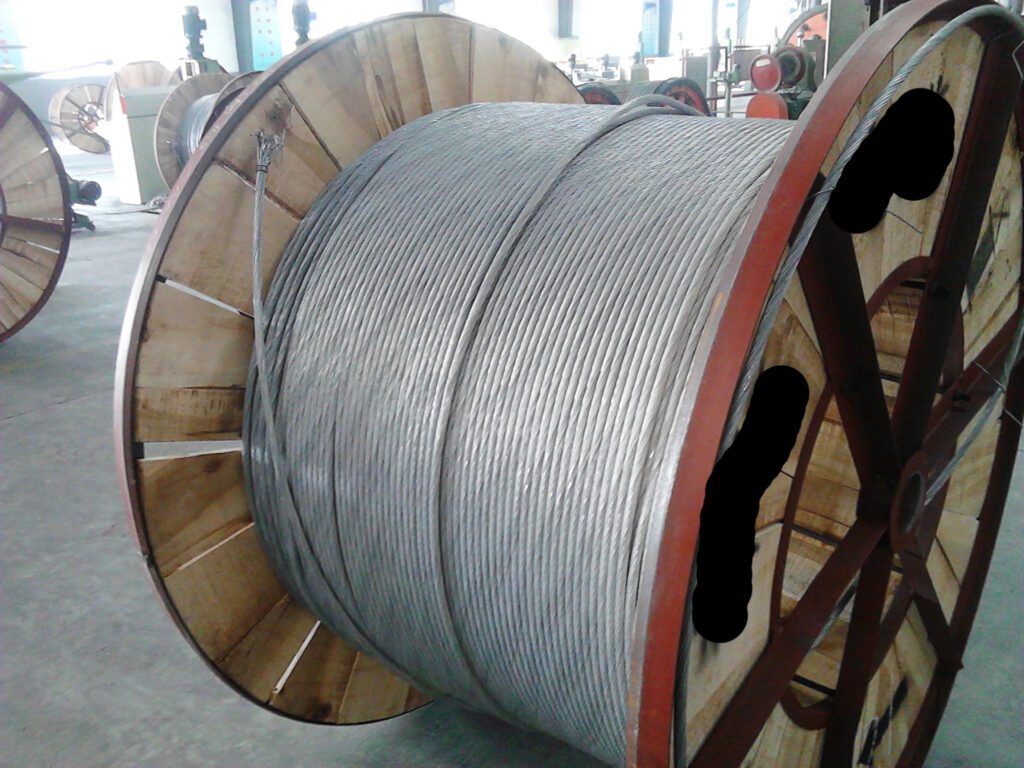

Advantages of OPGW Cables
OPGW cables offer several advantages over traditional overhead ground wires, including:
- Dual Functionality: They combine the functions of a grounding wire and a fiber optic cable, reducing the need for separate infrastructure.
- Improved Reliability: They enhance the reliability of power transmission lines by providing better lightning protection and fault current mitigation.
- Enhanced Communication Capabilities: They enable real-time monitoring, control, and communication within power transmission networks.
- Future-Proof Infrastructure: They support future telecommunications needs with increasing bandwidth capacity.
- Cost-Effectiveness: They can be more cost-effective in the long run compared to traditional overhead ground wires and separate fiber optic cables.
Installation Considerations for OPGW Cables
The installation of OPGW cables requires careful planning and execution to ensure proper functionality and safety:
- Route Selection: The route for the OPGW cable should consider factors such as existing infrastructure, terrain, and environmental conditions.
- Sag and Tension Calculations: Proper sag and tension calculations are crucial to ensure the cable’s mechanical integrity and prevent excessive stress.
- Stringing and Tensioning: Specialized equipment and techniques are required for stringing and tensioning the OPGW cable.
- Grounding and Bonding: Proper grounding and bonding are essential for electrical safety and lightning protection.
- Maintenance and Inspection: Regular maintenance and inspection are necessary to ensure the cable’s integrity and functionality.
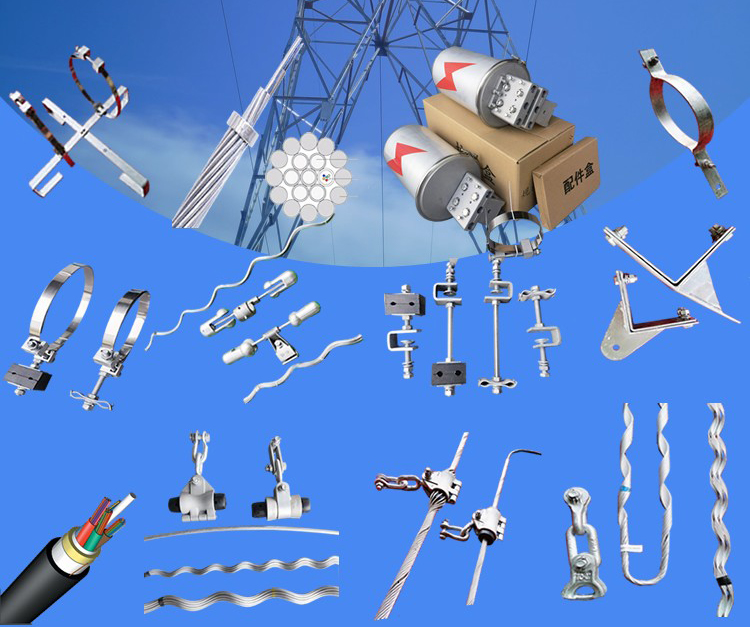

Pricing and Manufacturers of OPGW Cables
The pricing of OPGW cables varies depending on several factors, including cable specifications, quantity, and manufacturer. Major manufacturers of OPGW cables include:
- Nexans
- Prysmian Group
- NKM Group
- LEONI Group
- Showa Cable Systems
- Finolex Cables
- PNA Fiber
Conclusion
OPGW cables play a crucial role in modern power transmission and distribution networks, providing both electrical protection and telecommunications capabilities. Due to their many benefits, OPGW cables are well-suited to meet the increasing need for dependable and efficient connectivity.

